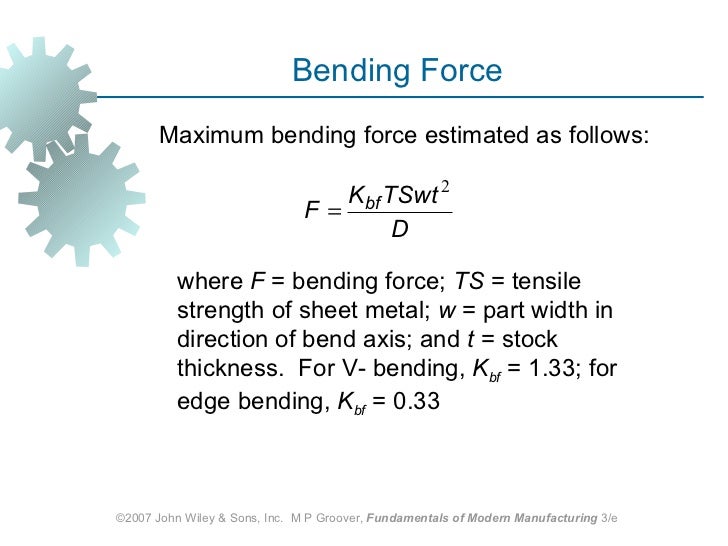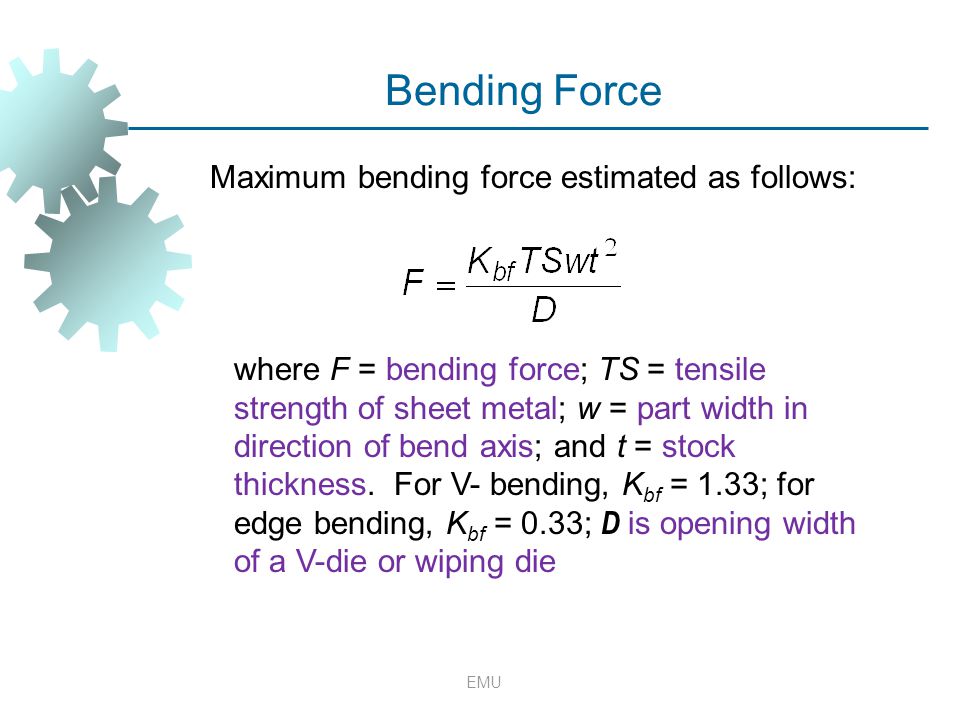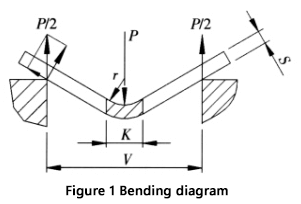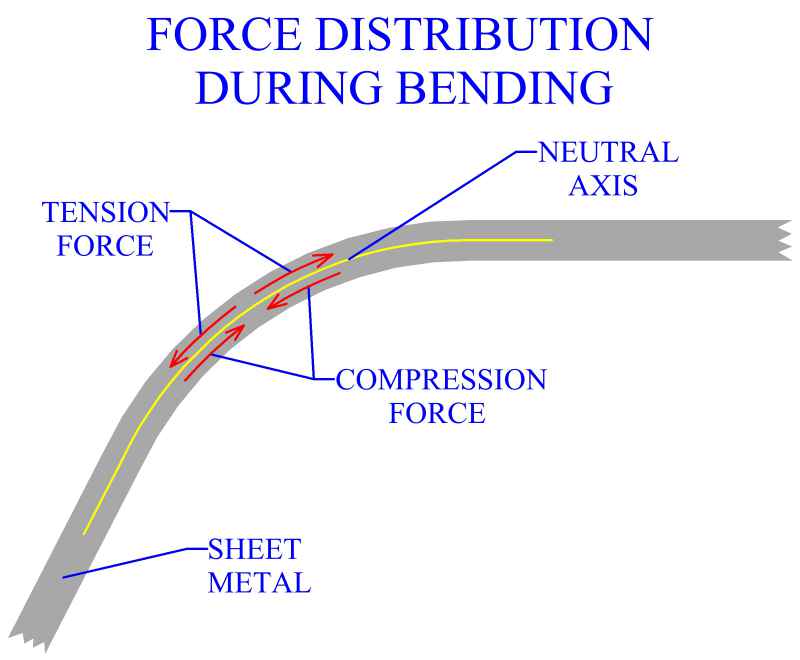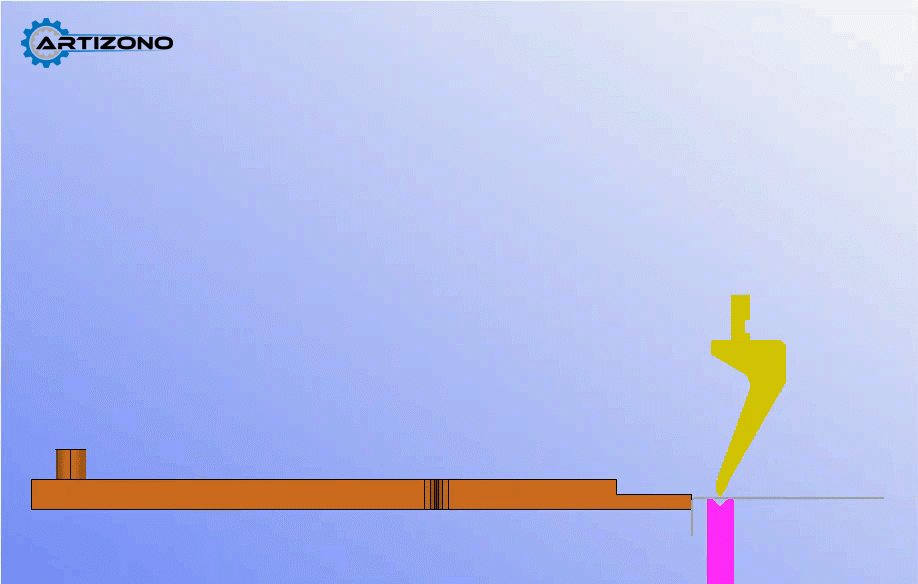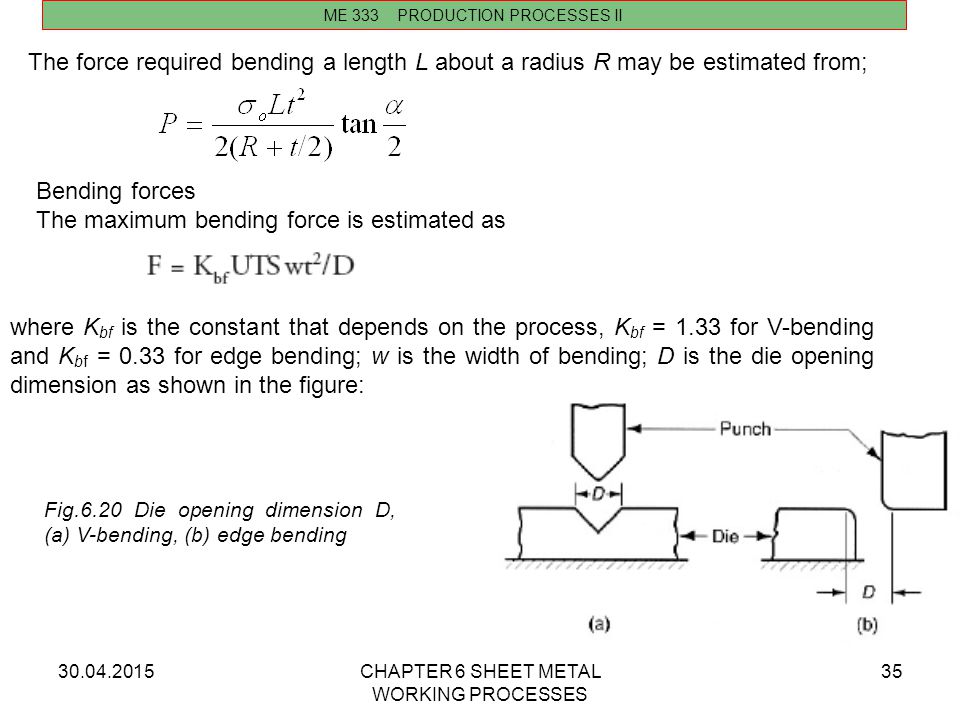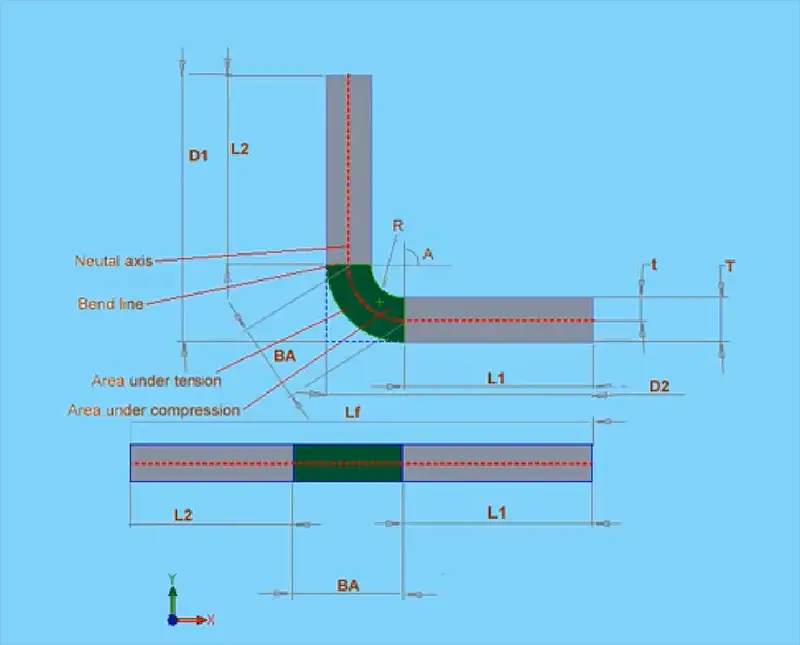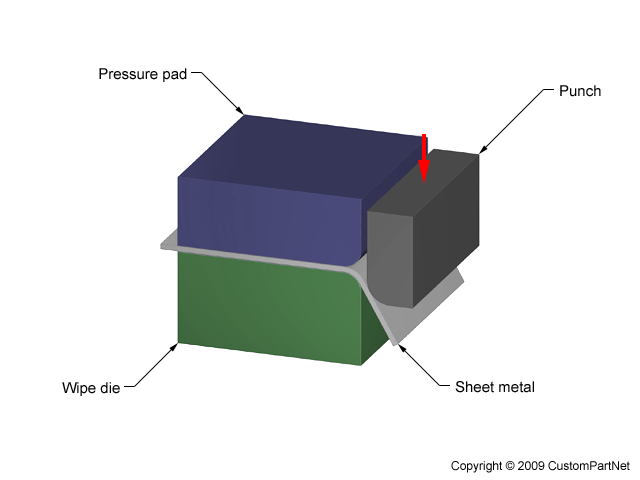Bending of sheet metal is one of the widely used in industrial process especially in automobile and aircraft industries sheet metal bending is one of the most widely applied sheet metal forming operation.
Bending force problem sheet metal.
Bending force requirement punch workpiece t die w force t sheet thickness w width of die opening l total length of bend into the page uts ultimate tensile strength of material 2 uts w lt f note.
The bend radius refers to the inside radius.
Consider a sheet with a 20 mm thickness and a length of 300 mm as shown in figure 1.
To define the bend region and reduce the force required to bend a part out of sheet metal down to something you can handle without a brake press slots can be cut at the bending line to selectively.
According to prabhakar et al.
The die ratio may be entered to calculate the die opening which is typically 6 to 18 times the sheet thickness.
Sheet metal part design bend allowance duration.
Bending is one of the most common sheet metal fabrication operations.
Due to the elasticity the bending angle of metal is slightly bigger than the angle required.
Minimum bending radius is a function of the ductility and thickness of the metal formed.
Description of the bending force formula and a sample problem off the bending problems worksheet.
In some cases tiny cracks can also appear on the outer surface of the curved area.
The u punch forms a u shape with a single punch.
We are going to review three bending scenarios with three different bending angles.
Also known as press braking flanging die bending folding and edging this method is used to deform a material to an angular shape.
During the bending process of the sheet the material in the deformation zone is in a highly plastic deformation state and it is turned at an angle around the centerline.
The bending force can be calculated from the sheet thickness die opening bend length and the ultimate tensile strength of the material.
The notation used in the text l w differs from that used in the previous development b l.
The bend deduction is the amount the sheet metal will stretch when bent as measured from the outside edges of the bend.
Sheet metal bending is one of the most widely applied sheet metal forming operations.
For aluminum sheet metal the bending radius is greater than the thickness of the plate.
60 90 and 120 and we will calculate k factor bend allowance and bend deduction for them.

